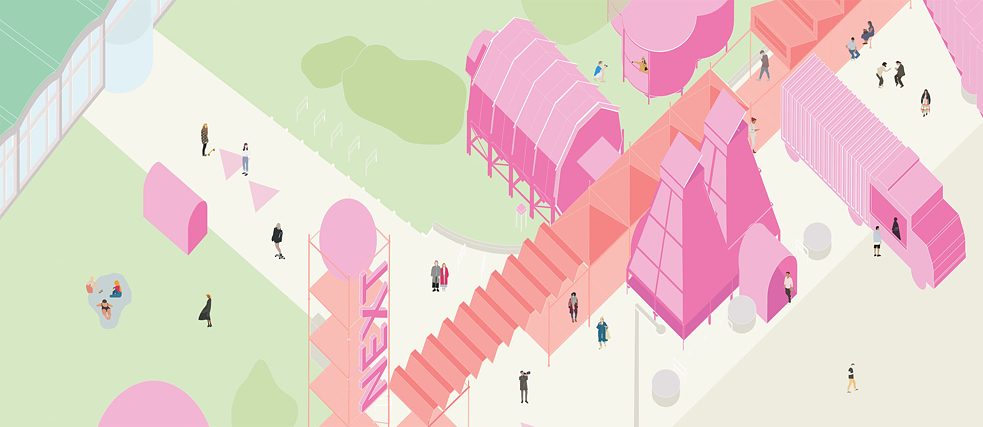Centres of knowledge and well-being
Inclusion as an offer for everyone

For some time inclusion has been one of the chief buzzwords of modern library work. It usually means accessibility and a stock of books in simple language. But that can be only the beginning.
By Samira Lazarovic
The basic equipment of many libraries now includes as a matter of course reading corners for children, comfortable furniture and an extensive range of events: the cathedrals of knowledge that once seemed so elitist have now opened their doors and relaxed the rules. “Instead of arousing awe and formally creating places of learning, the design of the library of the 21st century aims at inviting the entire community to use and explore it”, said the head of the American architects office MSR, Traci Engel Lesneski, in an interview with the Goethe-Institut.
This is entirely in line with the wishes of actual and potential library users. According to a 2015 study conducted by the Allensbach Institute for Demoscopy with just under 1,500 respondents, libraries should not only serve as centres of knowledge, information and advice, but should also provide opportunities to spend time in a pleasant atmosphere and a rich, cultural offering. Some libraries, such as the Hamburg Central Library, are already luring users with cafés, creating space in addition to the quiet reading rooms for personal exchange.
Consideration for the variety of needs
Experts like Engel Lesneski believe it important that these new wellness spaces should not be reserved to just a few. While most libraries are dedicated to inclusion and promote accessibility and a range of books in simple language, work in matters of on equality and inclusion, according to Engel Lesneksi, is far from done with. “Every human being is different. We have different physical abilities. We use our senses differently. We come from different economic conditions and cultures. We have different genders, different ages. Yet many libraries are designed as if we all had the same needs. As a result, they are used by only a small part of the population.”And, as a matter of fact, gender, age, educational attainment and socioeconomic status still determine patterns of public library use. According to the Allensbach study, more women than men use libraries. Thirty-two per cent of regular users had higher education, while only 13 per cent of respondents had only formal schooling. In addition, library use decreases in old age: only 18 per cent of the surveyed group between 60 and 75 years of age said they had visited a library in the past twelve months. Unlike with younger users, the trend here is declining.
Integration of refugees and asylum seekers
But not only the integration of older or less educated users is demanded of modern libraries; in Germany, for example, they should also play their part in integrating the many refugees and asylum seekers who have arrived in the country. Language courses, educational media, picture books and children's books should help people find their way around their new home.Librarians cannot of course assume the duties of teachers or social workers. They can, however, create a space that facilitates and favours encounters. After all, integration only succeeds where the acceptance of the new citizens among the local population is promoted: “Libraries are excellently equipped to strengthen local social cohesion” said Rebecca Smith-Aldrich, Coordinator for Library Sustainability in New York, in an interview with the Goethe-Institut. “They can bring people together and persuade neighbours to recognize and appreciate multiculturalism.”
These are not small tasks for the libraries, which are already under pressure because of reduced budgets and increasing digitization. But there is some evidence that the work will be worthwhile; polls show it is important to respondents, regardless of their current, personal use, that there be public libraries in the future, as a space for discovery, creativity and encounter. Through these services, the time-honoured institution could become a socially indispensable space.
Comments
Comment